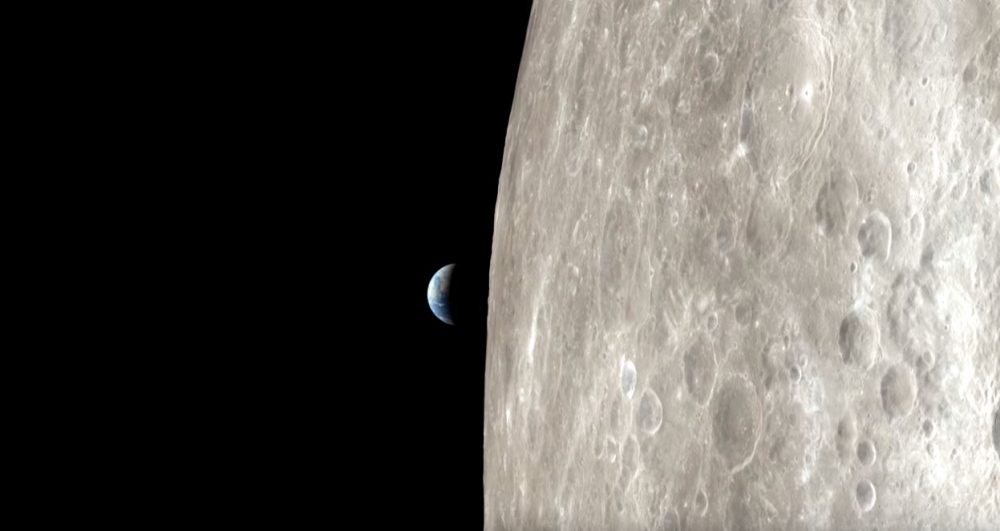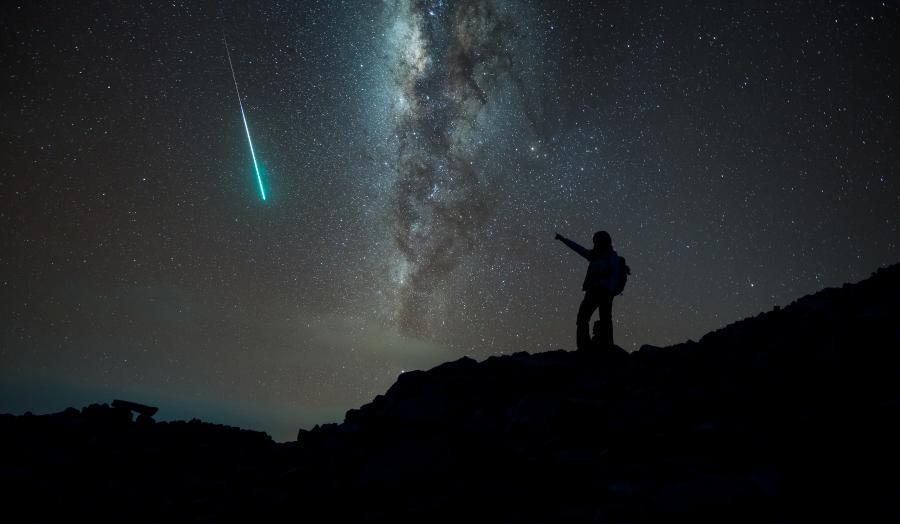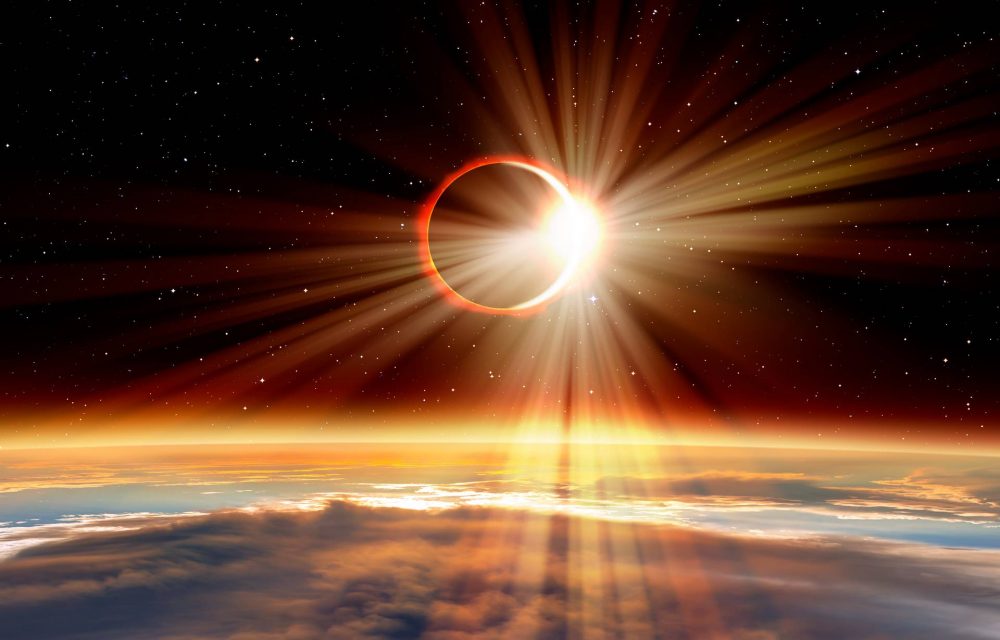Don’t miss the Orionids meteor shower and the Full Moon Blue Moon.
October has proven to be quite a month for skygazers. The Month started with the Full Hunters Moon and Mercury at the greatest Eastern Elongation. We saw the Draconids Meteor shower peak on October 7 and Mars at opposition just a week ago, on October 16.

With plenty of time left in October, there are quite a few astronomical events to look out for. Tomorrow, October 21, and a day later, on October 22, the Orionids Meteor Shower is set to peak as Earth crosses the trail left behind by Halley’s comet.
The meteor shower is expected to peak on the night of October 21, just around dawn, with as many as 20 meters visible each other.
Although the Orionids meteor shower is not the most spectacular one, it is characterized by its extremely bright “shooting stars.”
NEWSLETTER
Never miss a news release from the Curiosmos team.

On the night of October 22, the Moon, Saturn, and Jupiter will offer skygazers another spectacular view. The two gas giants have been dancing in the sky for months, and they will continue to do so until December when their dance will culminate in the so-called Great Conjunction; an astronomical event of such magnitude has not occurred since 1602.
A few days later, on October 24, we will enjoy the peak of the Leonis Minorids meteor shower, another event many skygazers and astrophotographers are looking forward to. It will radiate from Leo’s constellation, and Regulus, a bright star, will help you locate the cosmic spectacle in the night sky.
On October 29, Mars and the Moon will offer another stunning dance in the night sky. The red planet and the Moon will appear just 2 degrees 42 seconds of one another, with the moon illuminated at 96%. I look forward to this night and will attempt to photograph Mars and the Moon.
October 29 and 30 will offer skygazers another meteor shower, the southern Taurids meteor shower, a long-running meteor shower that is expected to produce up to ten “shooting stars” per hour. Although not the most impressive, you can expect to see a higher than normal percent of bright meteor fireballs, so weather-permitting, astrophotographers will have an opportunity to snap some stunning shots.

This meteor shower is produced by the debris field left behind by the passage of Comer 2p Encke. Keep in mind that the Moon is expected to shine the brightest on October 30, which means that some of the brightest meteors will be hard to spot.
October ends with a bang; On October 31, we will witness the Full Moon, Blue Moon. Earth’s natural satellite will make its way to the opposite side of the planet as the sun means its face (the near side of the moon) will be fully illuminated and shine brightly.
On October 31, Uranus will be at opposition, which means that the blueish planet will be at its closest approach to Earth, with the sun fully illuminating it. Uranus will shine brightly in the sky. The planet is expected to remain brightly illuminated throughout the night, which means that it is the perfect night to observe Uranus with a telescope.
All sources and references are linked throughout the article.